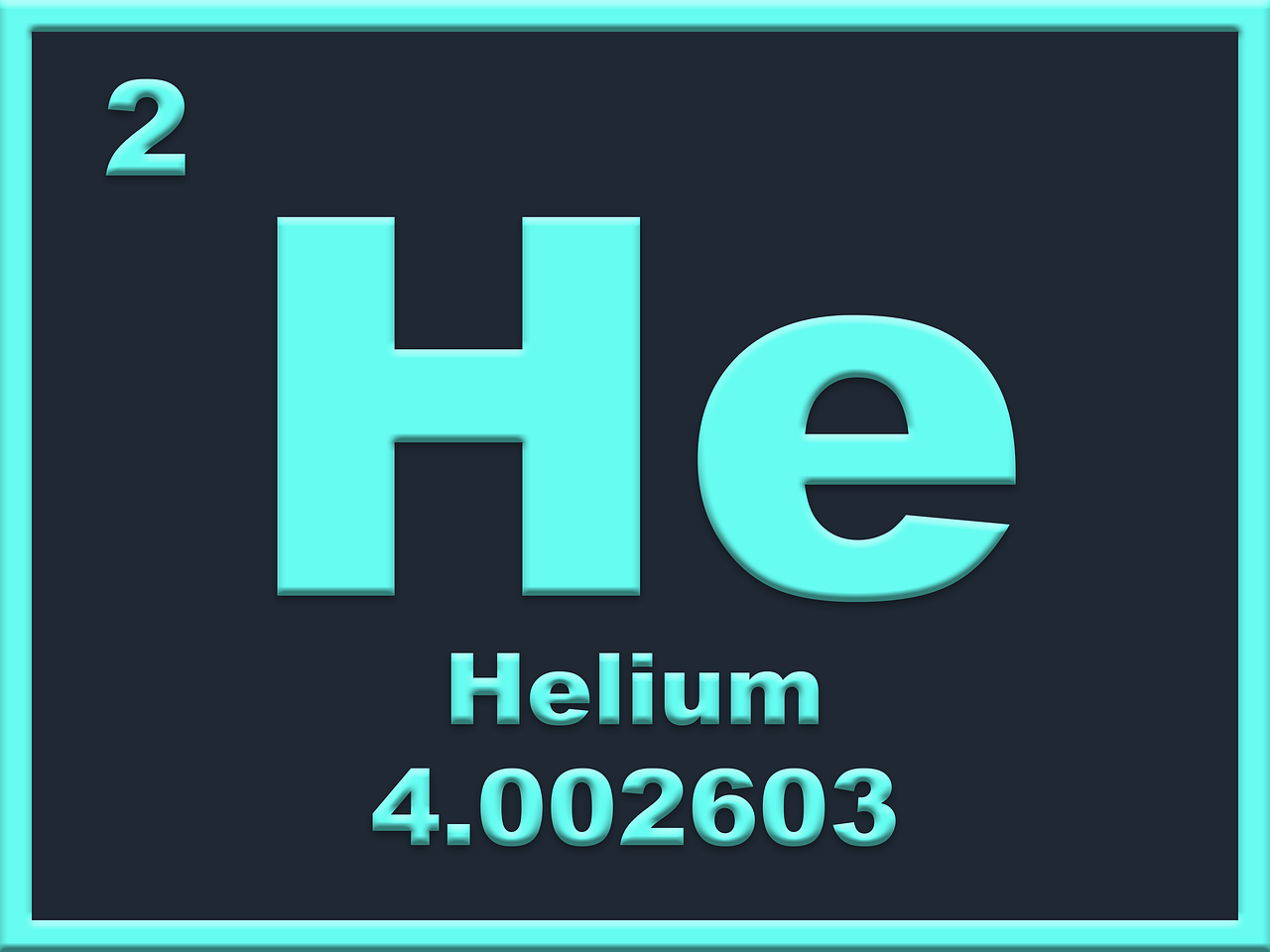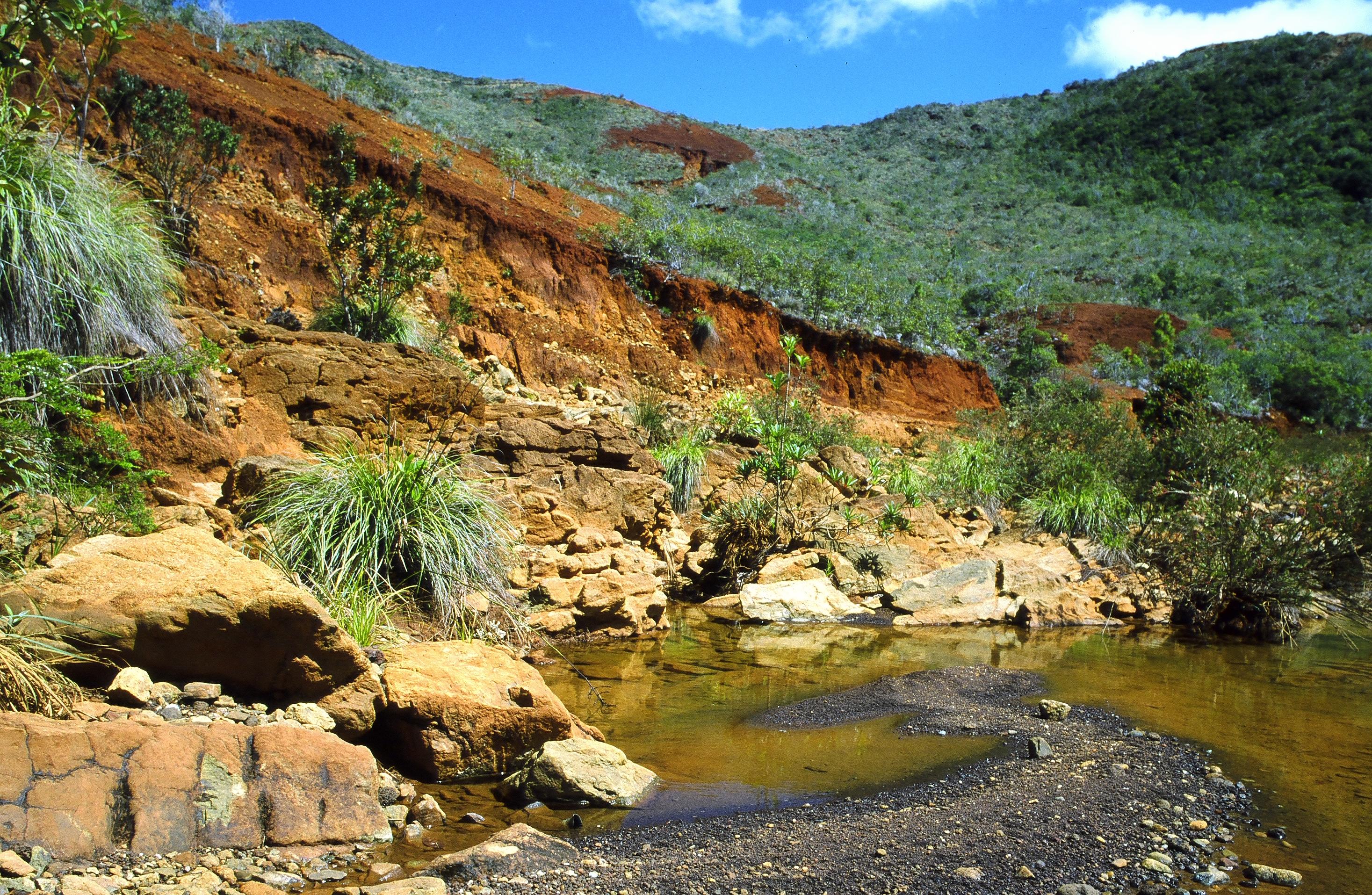Since sphalerite is the dominant ore mineral, the company is planning to use a gravity survey to hone in on the most prospective drill targets. Gravity surveys can be time consuming and expensive compared to other methods which is probably why they haven’t done one yet.
[box type=”info” align=”aligncenter” ]Disclaimer: This is an editorial review of a public press release and not an endorsement. It may include opinions or points of view that may not be shared by the companies mentioned in the release. The editorial comments are highlighted so as to be easily separated from the release text and portions of the release not affecting this review may be deleted. [/box]
VANCOUVER, BRITISH COLUMBIA–(Marketwired – Feb. 18, 2014) – Tinka Resources Limited (the “Company”) (TSX VENTURE:TK) announces the analytical results for holes A14-18 at the Company’s 100% owned Ayawilca project, located in west-central Peru. See table below for a list of significant mineralized intervals.
[box type=”note” align=”aligncenter” ]
Over the past few months several analysts have taken note of the stable prices and supply deficits for refined zinc and have been predicting a positive outlook for the metal. ScotiaBank, for example, recently published it’s commodity outlook and named zinc as its top pick for 2014. TD Securities named zinc and lead its “favorite metals” into 2015. While zinc and other base metal projects are not particularly sexy, one could argue that in this commodity market stable prices offer welcome relief to frazzled precious metal investors.
Zinc generally occurs as the zinc-sulfide mineral, sphalerite. Depending on the deposit type it may be associated with copper, lead and silver. Zinc occurs in several mineral deposit type including:
- Volcanogenic Massive Sulfide (VMS) deposits associated with ancient sea-floor vents
- Carbonate rocks near to mountain belts (e.g. Mississippi Valley-type)
- Ancient sea-floor sediments (eg. Sedex deposits)
- Deposits related to igneous intrusions including hydrothermal and vein deposits.
Tinka’s Ayawilca zinc project located in central Peru, about 1.5 km south of it’s equally unpronounceable Colquipucro silver oxide deposit. Although a fair bit of drilling and geophysics have been done, the project is still at an early exploration-stage. We have included a location map below.
[/box]

Mr. Carter said, “The Company is pleased with these intercepts of zinc mineralization as they continue to demonstrate the potential of the Ayawilca project. Mineralization has now been traced for 1,000 m between the site of holes A13-05 and A13-06 to the southwest and hole A14-18 to the northeast. Hole A14-18 yielded significantly better results than holes A13-16 and A13-17 immediately to the south, and these encouraging results support the Company’s goal of funding sufficient drilling over the next twelve to eighteen months with the objective of identifying further potentially economic mineralization. We are now on the edge of two large, coincidental magnetic and chargeability anomalies that have not yet been drill tested.”
Drill hole A14-18 is collared along section 333900E about 650 m northeast of A12-08. This site is along the western margin of a large, coincidental magnetic and chargeability (IP) anomaly measuring about 700 m east-west by 700 m north-south. The magnetic anomaly extends northwesterly from this site for about 1,500 m and averages just over 400 m in width northeast-southwest. Widespread chargeability anomalies overlap most of this magnetic feature.
Due to sphalerite’s (zinc sulphide) non-conductive and non-magnetic behaviour, the Company is planning a gravity survey over the known central part of the property. This program should help in defining anomalies that have a low magnetic and weak chargeability signature which could contain a significantly larger percentage of zinc mineralization.
[box type=”note” align=”aligncenter” ]
The company has performed induced polarization (IP) survey and magnetic surveys on the property and have been drilling the identified anomalies. We’ve talked a lot about using geophysical surveys to detect conductive or magnetic bodies beneath the surface, but unlike other metal-bearing sulfide minerals sphalerite is neither conductive nor magnetic. Iron sulfides present in the rock have likely been responsible for the anomalies, but since sphalerite appears to be the dominant ore mineral the company will need to use a gravity survey to help define the deposit and hone in on the most prospective drill targets. A gravity survey won’t necessarily help them distinguish between the sphalerite and other sulfides in the host rock, but it will help identify zones that contrast from the background host rock and may not have been defined on a magnetic or IP survey. It will also add to their understanding of the project area. Gravity surveys can be time consuming and expensive compared to other methods which is probably why they haven’t done one yet.
[/box]
| Significant mineralized intervals using 15 g/t Ag, 1% Pb and 1% Zn as lower cut-off levels | |||||||||||||
| Hole # | East- ing (m) |
North- ing (m) |
Elev (m) |
Azi- muth (deg) |
Dip (deg) |
Depth (m) |
From (m) |
To (m) |
Inter- val (m) |
Ag* (g/t) |
Cu (%) |
Pb* (%) |
Zn (%) |
| A14-18 | 333900 | 8846429 | 4122 | 360 | -60 | 448.3 | 204.3 | 206 | 1.70 | 24.6 | — | — | 2.33 |
| 220.4 | 221.25 | 0.85 | 18.5 | — | — | 10.44 | |||||||
| 233.5 | 234.3 | 0.80 | 15.7 | — | — | 2.80 | |||||||
| 280 | 283.2 | 3.20 | — | — | — | 1.22 | |||||||
| 292 | 294 | 2.00 | — | — | — | 1.30 | |||||||
| 331.2 | 354 | 22.80 | — | — | — | 5.80 | |||||||
| 356 | 360 | 4.00 | — | — | — | 7.22 | |||||||
| Including | 357.5 | 359.2 | 1.70 | — | — | — | 14.43 | ||||||
| 362 | 364 | 2.00 | — | — | — | 1.25 | |||||||
| ** See note below | 372 | 408 | **36 | — | — | — | 5.93 | ||||||
| 410.3 | 414 | 3.70 | — | — | — | 5.54 | |||||||
| 416 | 419.2 | 3.20 | — | — | — | 2.88 | |||||||
| 424.45 | 426.6 | 2.15 | 66.8 | — | 2.65 | 4.26 | |||||||
| * includes some narrow intervals of Ag and Pb above the cut-off thresholds not shown here |
| ** includes a 0.6 m interval of 0.61% Zn which is below the cut off level |
The geometry of and controls to the mineralization are not yet fully understood, but a series of intersecting fault structures that underlie Ayawilca are believed to be the source conduits. The irregular nature of this replacement style mineralization hampers any meaningful interpretation of the strike, dip and true thickness of the zone(s), intercepted in these and previously reported drill holes, at this time.
[box type=”note” align=”aligncenter” ]
The company is reporting narrow intersections of mineralization and are just now beginning to understand the nature of the deposit. As such, the above disclaimer warns against drawing any conclusions regarding the true width of the zone. At this point the company has an interesting zinc prospect worth follow-up, but there is not enough data to qualify it as a resource.
[/box]
Tinka’s management continues its efforts to achieve all conditions needed to further advance the development plan, namely systematic drill testing of geophysical conductors to define the best target areas for subsequent follow-up drilling and resource development.
The reader is invited to visit the Company’s website to view diagrams of the drill hole locations and geophysical anomalies in the corporate and technical presentations.
All diamond drilling has been performed using HQ diameter drill rods, reducing to NQ diameter if required. All core has been logged and split on site under the supervision of Tinka geologists with sampling done on nominal two metre intervals. All the samples have been transported by Company staff to SGS Laboratories in Lima, Peru for ICP analyses using multi-acid digestion. Analytical standards and blanks were routinely introduced in the sample suites sent to the laboratory, and samples that exceeded their respective threshold levels for Ag, Zn and Pb were re-assayed by specific atomic absorption techniques.
[box type=”note” align=”aligncenter” ]
They offer a statement on their quality assurance methods and the core diameter used. HQ core is 63.5 mm (2.5 inches) wide and is the standard for most mineral exploration projects. The larger core size allows the core to be split in half or quartered with reasonably-sized pieces left in the company’s core library even after portions are sent off for assay or re-assay. HQ is also better where the mineralization is widely dispersed, or disseminated, since it gives a larger and more representative sample of the rock. NQ core is 47.6 mm (1.87 inches) wide and was likely only used when technical problems prevented the use of HQ.
[/box]
The qualified person for the Company’s projects, Mr. John Nebocat (P.Eng.), V.P. of Exploration for the Company, has reviewed and approved the contents of this news release.
About Tinka Resources Limited (TSX VENTURE:TK)
Tinka is a junior resource acquisition and exploration company. Tinka’s focus is on its 100% owned Colquipucro and Ayawilca projects located in the highly mineralized silver-lead-zinc belt of Central Peru.
[box type=”success” align=”aligncenter” ]Have a company or release you’d like us to look at? Let us know though our contact page, through Google+, Twitter or Facebook.[/box]







Pingback: Western Syndicate Uses Gravity to Hone in on Uranium | Geology for Investors